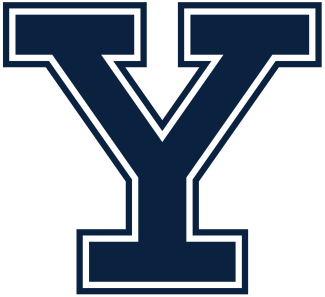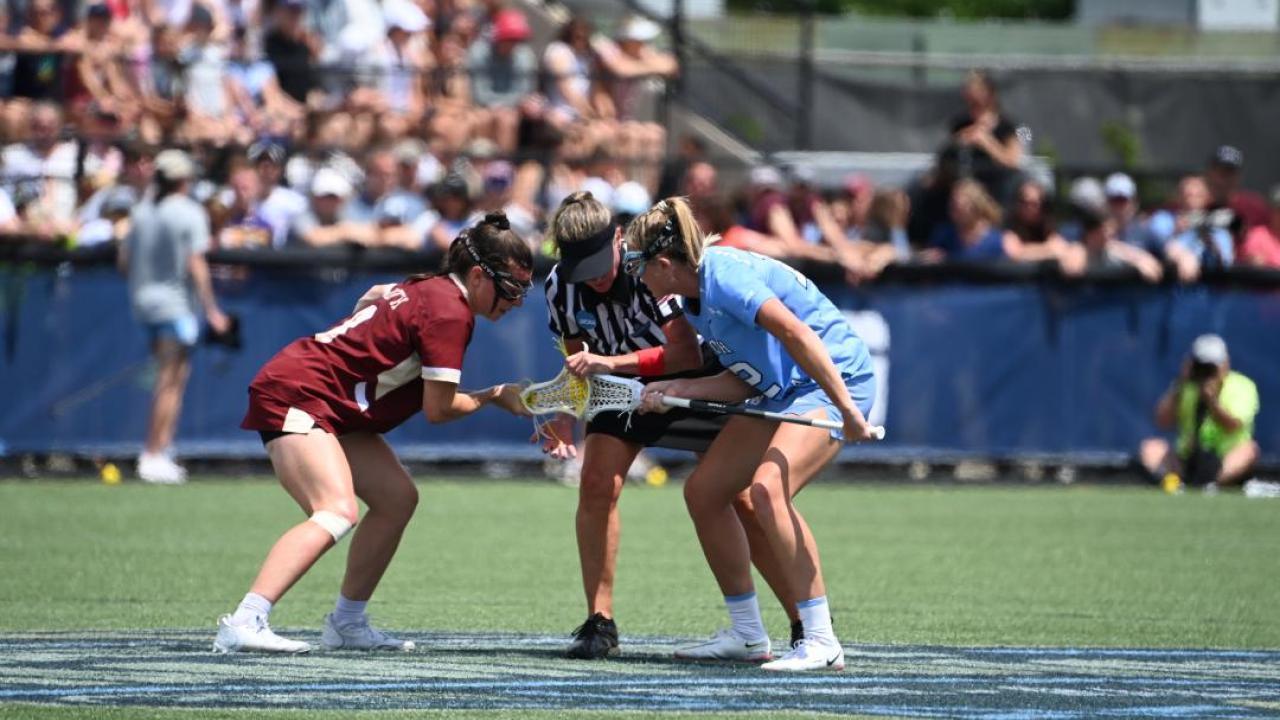SECURE THE CLAM
The animal visuals don’t end with horses.
“Envision opening them like a clam with two sticks together,” Bowers said. “The ball should be placed in the upper third of the stick near the widest part. Once we are sure that the ball is placed in the upper third, we close it to secure the clam.”
HANDS OFF
The rules state that a player’s top hand cannot touch the sidewall or pocket of the stick. Most players won’t have a whole hand touching either. Focus on the fingers.
“If you are holding the stick, you are looking to make sure that the thumb or pointer finger has not slid up on the sidewall of the stick,” Bowers said.
CHECK YOUR WORK
Varying stick sizes and player heights can complicate the draw. Little things, like fingers touching the sidewall, can get missed at first glance. Before backing away, Bowers advises officials to double and triple-check everything.
“Before we do anything else, we make sure there are no other adjustments needed which goes back to making sure the shaft is in a vertical plane and contained,” Bowers said.
AP OR ILLEGAL DRAW?
An illegal draw occurs when:
-
Either player draws too soon.
-
No attempt is made to draw up and away.
-
The movement of the stick is not up and away from the starting position.
-
A player moves after the official says “ready” and before the whistle.
“The above violations would result in the non-offending team getting awarded possession and a free position at the spot of the ball,” Bowers said. “However, if an official cannot determine which player drew illegally, based on the four violations, the call is AP.”
For example, if the ball didn’t go up and above both players’ heads or dropped from both sticks, and it can’t be attributed to a foul, “it’s time to call AP,” Bowers said.


















